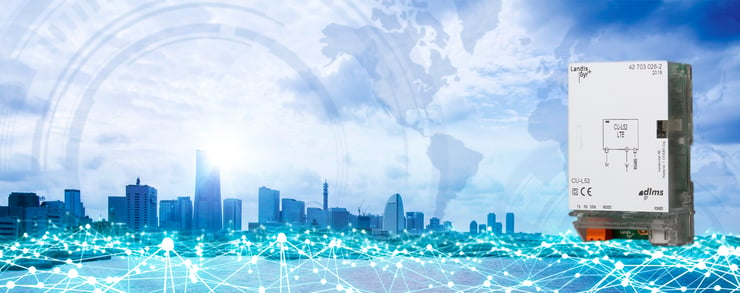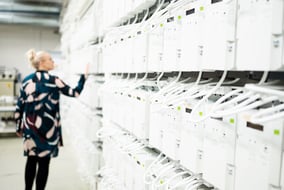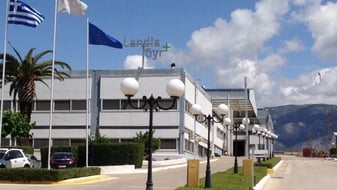 The world of telecommunication is changing rapidly – and the energy industry is very much affected by it. A significant part of the installed base of industrial electricity meters relies on connectivity services provided by telecommunication providers. And when these services change, we need to react, not only to stay connected, but also to fully utilize the benefits for new use cases and applications latest technology provides.
The world of telecommunication is changing rapidly – and the energy industry is very much affected by it. A significant part of the installed base of industrial electricity meters relies on connectivity services provided by telecommunication providers. And when these services change, we need to react, not only to stay connected, but also to fully utilize the benefits for new use cases and applications latest technology provides.
What does that mean concretely?
The tech world is already enthused by what 5G is about to bring. Even though the clocks are ticking a little bit slower in our industry until new standards have established themselves, the trend is clear. Comparing 4G LTE communication technology with legacy solutions such as GPRS, the advantages for the energy industry are obvious: Advanced data transfer and higher security standards, subscriber authentication and higher level of data encryption. All this is made possible via the 4G wireless link which makes it the future-proof technology of choice.
However, the GPRS-based 2G is still perceived as THE network for machine-to-machine communication and a lot of industrial processes are dependent on it. But the days of stable, reliable and supported 2G networks are numbered in many countries. Following the trend from North America and the Asia-Pacific regions, various European EMEA countries are now also planning to sunset service for 2G networks. Take Switzerland, for example, where all operators are phasing out 2G service step by step, starting as soon as 2019.
Not in all countries in Europe has a clear roadmap on the future of 2G been communicated yet. a clear roadmap on the future of 2G yet. Some have actually planned to keep it alive even beyond 2025 as many legacy M2M and IoT services still run on 2G. But nevertheless: It is clear where this evolution is going. Utilities, who are highly dependent on their connectivity provider must be prepared to upgrade their communication infrastructure to limit the risk of being confronted with fluctuations in cost and level of service on 2G.
How can you prepare?
At Landis+Gyr we have developed a solution that keeps utilities independent and flexible throughout the transformations in the telecommunications industry over a long period of time. Our new communication module CU-L52 is made to function today – and tomorrow. It is designed for 4G LTE service but remains compatible in the 2G network. Therefore, the CU-L52 is still supporting services like accepting CSD (Circuit Switch Data) calls, provided the service is being supported from the telecommunication service provider over 2G.
And it can be handled easily. You can install the module into existing meters, e.g. E650 or E850, so there is no necessity to replace the already deployed metering infrastructure. With that, utilities can extend the life time of the existing meter park and have all the benefits 4G LTE Cat-1 is providing as opposed to legacy cellular communication technologies. Compared to other LPWAN technologies LTE Cat-1 is recognized as a proven IoT solution with a high deployment base. And this definitely makes it a safe technology choice!






